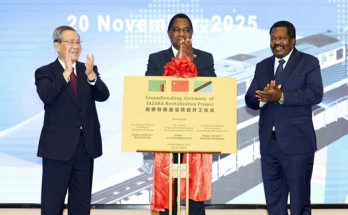
According to IMARC Group’s new analysis, ‘East Africa Cement Market: Industry Trends, Share, Size, Growth, Opportunity, and Forecast 2022-2027,’ the East Africa Cement Market will be worth USD 2,553 million in 2022.
Looking ahead, IMARC Group forecasts the market will reach USD 2,782 million by 2027, with a CAGR of 1.36 percent from 2022 to 2027. Cement is a low-cost, high-quality binding agent that is used extensively in the building sector. It is a fine powder produced by calcining at high temperatures a pulverised combination of clay and limestone.
Cement is widely utilised in the building sector. It is widely available in two forms, hydraulic and non-hydraulic cement, and is widely utilised for a variety of building applications that rely on its capacity to set in the presence of water.
The research also investigates the market’s competitive landscape. The East African cement market has been discovered to be nearly nonexistent, with multiple companies present. Bamburi Cement Limited, ARM Cement Plc, EAPCC, Dangote Cement Plc, and Mombasa Cement Limited are some of the market’s prominent participants.
The East African cement market is largely driven by the region’s rising need for large-scale residential and commercial development projects. These projects will take a long time to finish and will need a large volume of cement. When combined, this drives demand for quality cement. In accordance with this, the fast growth of different infrastructure development projects, such as the construction of highways, the development of existing ports, and the design of new deep-water harbours and urban infrastructure, is giving a good outlook for the industry.
Other factors driving market expansion include a growing population, large-scale migration, rising income levels, increased traffic safety concerns, and fast industrialisation. the growing popularity of green buildings throughout the area, as well as the introduction of several product variations with quick-drying formulas and increased strength.



